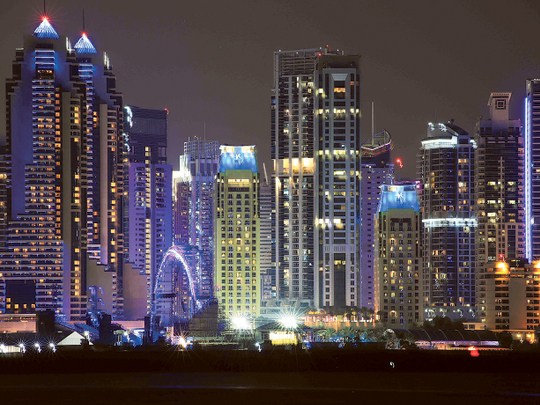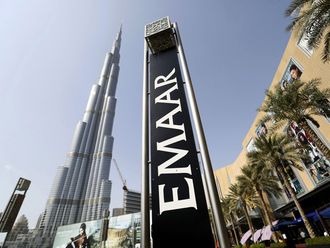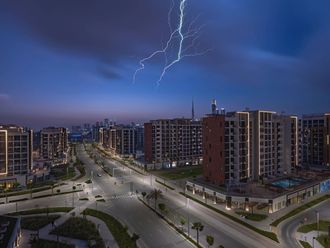
Dubai: More Dubai developers are switching the bulk of their payment plans to post-handover in a bid to fire up sales at a time when market transactions are still subdued. Recently, one of the leading names in the business unveiled an offer where a property buyer would have the luxury of up to three years to pay up the instalments.
The offer was for completed — or nearly built — high-end villas at one of the most prestigious master-developments in the making. More developers are expected to come up with matching incentives as they try and convince reluctant investors to buy now rather than wait. And a big part of this will be to make the cost of entry as light as possible for the buyer and then split up the majority of the instalments over an extended period post handover.
Damac Properties has introduced a “guaranteed annual return” on advance payments during construction of 3 per cent per year. This is equivalent to twice the interest on fixed deposits. Customers will receive the payments twice a year until completion of the unit.
Another option is a “capital guarantee”, which guarantees the property’s value for two years after delivery. The company will pay the difference to investors if the unit price has any decline between the time of delivery and the end of 2019. “Damac Properties has always maintained that Dubai shows confidence and growth in the medium and long term,” said Niall McLoughlin, Senior Vice-President. These “products will increase the attractiveness of real estate as an asset, and investment fund provides a return before and after delivery.”
Until now, developers such as MAG and Danube had offered post-handover schemes, but principally on affordable housing projects and targeted at end users. The fact that even luxury developers are starting to do so now indicates that it is very much a buyer’s market out there and that such incentives are needed to convince even cash-ready investors to come on board.
“Off-plan prices in the secondary market have reduced substantially since their peak in late 2013, and were it not for payment plans would have probably fallen even more,” said Sameer Lakhani, Managing Director at Global Capital Partners, a consultancy. “Upfront discounts were offered during the first boom-bust cycle that culminated in 2008, and being offered in this cycle too, albeit not by Tier One developers.
“Instead, they have on offer an increasingly imaginative array of incentives, such as capital guarantee and bundled promotional offers.
“Post-handover payment plans have an indirect impact on developer margins, though it’s a “cost of money” approach that the developers are adopting, rather than bringing prices down and impacting margins directly. While this addresses the current liquidity shortage, there is not enough of response to price elasticity, especially in the affordable segment to galvanise sales.”
According to Lakhani, the past offers no guarantee that this would lead to a spike in transactions. Instead, they could be a “precursor for prices to adjust downwards further to the point of equilibrium, where demand starts to respond,” he added.
Developers may also have other aces up their incentive sleeve. Some developers are starting to voice the possibility of taking a self-enforced cut in their margins on upcoming projects that are more in sync with market requirements.
According to a top official with one developer group, “By dropping our margins and adapting our business model, we will be able to enter new project categories. It’s in keeping with market realities and building something for which there is more demand. Developers can adapt to lower margins and still make enough.”
They certainly will need a rethink on what their margins should be if pursuing affordability-themed projects. “In areas such as Liwan, Arjan, Majan, DSO (Dubai Silicon Oasis), IMPZ, and along the MBZ Road Corridor all the way to Dubai South, there is likely to be a proliferation of mid-income communities,” said Lakhani. “Lower margins suggest these communities will tale longer to develop. But in the absence of substantial demand in the higher income space, it is likely developers will continue to focus their attention in these areas in coming years.”












